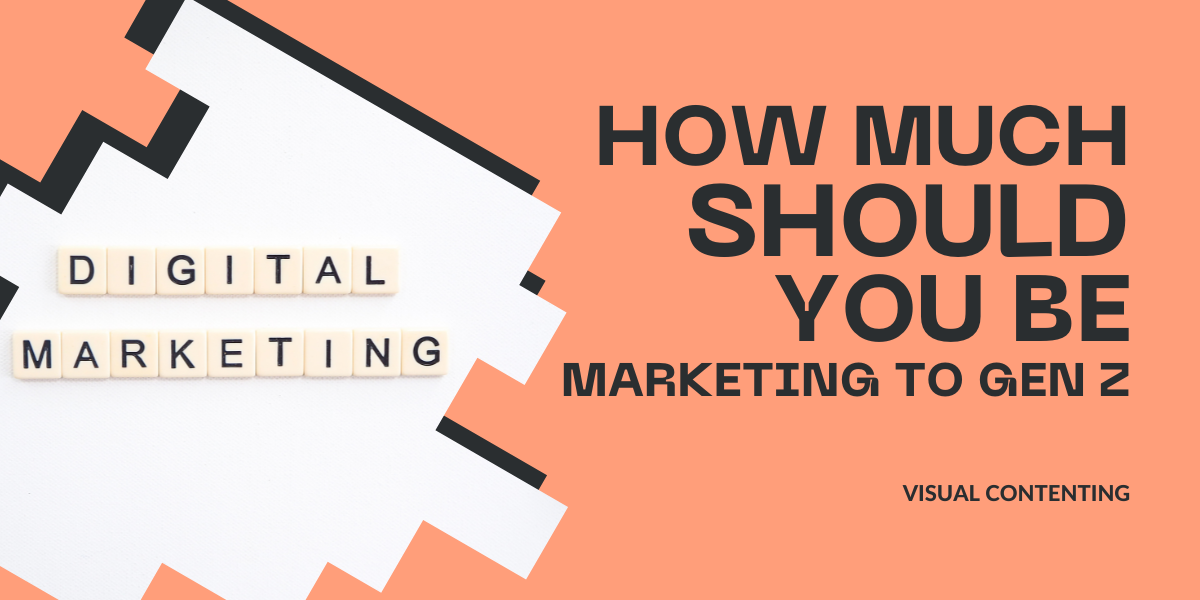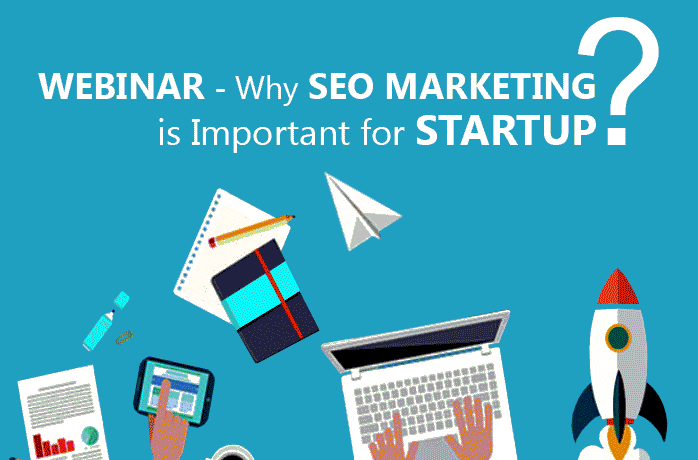Generation Z is the group of people born between 1996 and 2012, currently ranging from near-adolescent children to young adults. Although Millennials still hold a majority of the spending power in the United States, Gen Z’s influence is rapidly expanding. Here’s why it’s important to market to Gen Z and some effective strategies for grabbing their attention.
Gen Z’s Spending Power
As of 2021, Gen Z consists of 68 million people – about 20% of the U.S. population. That number is projected to pass 82 million in 2026, which would make Gen Z’ers the majority of the consumer population in less than five years. Today, they already make up over $140 billion of the country’s spending power.
Thousands of young adults within this age group enter the workforce every day, while the kids are in the latter stages of their crucial formative years at school. Gen Z is also the most ethnically diverse generation in the U.S. Marketers have many big and small target audiences to work with in this age group.
Gen Z Consumer Behaviors
Despite Gen Z’s diversity of individuals, some obvious behavioral trends have emerged that marketers should take into account.
The first and most important trend is Gen Z’s technological abilities. Aside from the oldest Gen Z’ers, this generation grew up around the internet, mobile devices, and social media. They don’t know a world without these high-speed digital tools. Some marketers even call Gen Z “digital natives.”
As such, a vast majority of marketing towards Gen Z should go through mobile channels and utilize the newest features on those channels. Recency is a huge deal for Gen Z. Trends often fade as quickly as they appear, so marketers need to pay attention and keep their social media applications updated.
Gen Z also exhibits more frugal and realistic spending habits than previous generations. While Millennials and Baby Boomers grew up during times of great economic growth, Gen Z isn’t so lucky. The COVID years have taught them the harsh reality that they need to be more thoughtful with their money management.
Gen Z’ers are also extremely worried about their long-term financial security and well-being.
Most of them are high school and college students dealing with personal issues like student loans, career paths, and first jobs. They’re also heavily invested in politics on both sides of the aisle, thanks to their constant media use. These factors have contributed to a collective mental health crisis within the generation.
In terms of their online behavior, they spend about nine hours a day online – 2 hours and 43 minutes of which take place on social media. Marketers have plenty of time to reach millions of Gen Z’ers every day, but how should they do it? Let’s get into some effective strategies for marketing to Gen Z.
Gen Z Marketing Strategies
Marketers need to be hyper-aware of Gen Z’s unique situation. They grew up with unprecedented exposure to technology and have bigger problems on their minds than previous generations in the 10-26 age range. Traditional marketing strategies won’t work. These are the proven marketing strategies to use on Gen Z audiences.
Recommended: Marketing to Gen Z: What You Need to Know
1. Sell Experiences First
Overtly advertising a product does not work on Gen Z’ers. Rather, you should create a story, character, or experience around the product that young people can empathize with. “Empathy” is one of Gen Z’s favorite words. If you can get them to empathize with your marketing message, you’ve done a good job.
2. Have a Sense of Humor
Empathy is a powerful feeling, but not quite as powerful as Gen Z’s affinity for memes. This generation of young people has an obscure sense of humor that marketing analysts have not yet deciphered – and never will. There’s no knowing what Gen Z is going to laugh at next.
Despite the inherent randomness, marketers have to keep up with the latest memes and post relevant content about them. Successfully executing a meme has caused some brands to go viral in the past. Gen Z’ers have gained a monopoly on online humor, so marketers have to play by their rules.
3. Keep It Short and Sweet
Humanity’s attention span continues to shrink as we get exposed to smaller and quicker chunks of digital content. Being the youngest and most impressionable generation, Gen Z’s attention span is the shortest of all. Keep your marketing content short and sweet with bite-sized snippets of information.
Every relevant social media app today has some variation of short-form content. Twitter has tweets while Instagram has reels and stories. TikTok, the latest social media craze, revolves around the idea of quick, concise videos. Gen Z likes to consume, swipe, and repeat.
4. Use Interactive Features
Gen Z also likes to interact with social media posts. Anything that involves swiping, tapping, or clicking on your post will keep them engaged. Polls and quizzes are particularly effective because they allow the user to give their personal opinion on the matter – something Gen Z’ers love to do.
Utilizing hashtags is another easy way to get young people to interact with your content. Simply add hashtags of your products, a location, or a trending topic to every post and watch the engagement increase.
5. Collaborate With Gen Z Public Figures
Hiring celebrity brand ambassadors is a longstanding marketing strategy, but it only works on Gen Z if the ambassador also belongs to Gen Z. In the typical rebellious fashion of young people, they don’t want to listen to washed-up public figures give a half-hearted speech about a product. They want to see people with youth and vigor who understand the Gen Z culture.
Marketers can find thousands of potential Gen Z ambassadors on every platform, but Instagram, Snapchat, and TikTok are the most densely packed with influencers. This generation is looking for side hustles everywhere, so there’s a good chance that someone out there is willing to collaborate with your brand.
6. Show Your Brand’s Values
Remember how we mentioned that Gen Z is heavily invested in political matters? Brand marketers preferred to avoid politics for a long time, but now it’s fair game. Don’t be afraid to show off your brand’s values – whether they lean towards the right or left. There is a sizable market for both sides of the aisle among young folks.
Another topic the marketing industry has embraced is mental health awareness. Gen Z wants to talk about its struggles. Marketers should take the initiative and start online conversations about the crisis. This strategy raises awareness for a noble cause and increases brand engagement at the same time.
7. Respond to Followers Quickly
Gen Z likes good customer service just like any other generation, but they also expect quick and timely responses from brands they follow. Fast responsiveness keeps them engaged despite their short attention spans and helps build customer loyalty.
Young people aren’t shy about giving feedback and replying to posts, so marketers should have plenty of opportunities to make fast engagements with their Gen Z audience.
Marketing to Gen Z Is More Relevant Than Ever
With its population and buying power rapidly growing, Gen Z will become the largest audience for marketers in just a few years. Marketing to this age group is more relevant than ever. Remember their behaviors and follow the strategy tips above to make an early connection with the world’s up-and-coming young generation.
Related Posts
Devin Partida writes about topics concerning tech and the internet. She is also the Editor-in-Chief of ReHack.com.







